Work and Life is a radio program hosted by Stew Friedman, director of the Wharton Work/Life Integration Project, on Sirius XM’s Channel 111, Business Radio Powered by The Wharton School. Every Tuesday at 7:00 PM EST, Stew speaks with everyday people and the world’s leading experts about creating harmony among work, home, community and the private self (mind, body and spirit).
On Work and Life, Stew Friedman spoke with Katy Milkman, the James G. Campbell Jr. Assistant Professor at the Wharton School with a secondary appointment at the Perelman School of Medicine, both at the University of Pennsylvania. She has been recognized as one of the top 40 business school professors under 40 by Poets and Quants, and was voted Wharton’s “Iron Prof” by the school’s own MBA students. Katy uses “big data” to examine the choices we make and how self-control, or the lack of it, affects those choices.
The following are edited excerpts of their conversation. And here’s the complete podcast.
Full Podcast with Katy Milkman
Stew Friedman: There may be a tendency to see self-control as personal issue. Why is self-control important for performance and effectiveness at work?
Katy Milkman:  Making deadlines, avoiding distractions, focusing; these all require self-control. Self-control is linked with higher I.Q and with greater productivity. Also having self-control effects health and being healthy means you can perform better at work
Making deadlines, avoiding distractions, focusing; these all require self-control. Self-control is linked with higher I.Q and with greater productivity. Also having self-control effects health and being healthy means you can perform better at work
SF: What’s the association between self-control and IQ?
KM: Waler Mischel, the Stanford University psychologist who originated the marshmallow test back in the 1960s, told children that they could either eat the marshmallow now or, if they waited they’d get a second marshmallow. Then he observed to find out how long they could wait, delay gratification. He found that those who were able to wait longer ultimately attained higher IQ later in life, and higher SATs, too.
SF: So, is the ability to delay gratification, to have self-controllearned or are you born with certain propensities? What’s your take on this?
KM: Both.The example that I use is that it’s like a muscle. You can exercise it and strengthen it to improve outcomes and health.
SF: How did you personally get into studying this? It’s a bit unusual for a business school professor.
KM: It’s “me”search. You have to be passionate about what you study. I always struggled with food cravings, going to the gym, focusing at work (not checking Facebook and Twitter), and my sweet tooth. I struggle with self-control. Studying it, I could see that, “Oh, it’s not just me, others struggle, too.” Studying this phenomenon allows me to contribute to the literature on it, increase knowledge for others, not just for myself.
SF: So what are the big insights? How can we avoid temptations?
KM: Uncertainty is bad for self-control. If you don’t know if you’ll have a job, or if you’re waiting for results from a medical test, or something like that, if there are these “incidental uncertainties,” then there’s a tendency to reach for the Ben & Jerry’s, low-brow magazines, and the like.
SF: So, anxiety, or worry, interferes with our capacity to stay focused on tasks; to exert self-control?
KM: If something is unresolved, that’s when self-control diminishes. When are the moments that we are most motivated to have self-control? And how can we encourage workers to go to the gym, to have flu shots? Google asked these questions about its own employees. When’s the best time to deploy incentives? How about the New Years’ Eve effect? This is when there’s a fresh start, a new year, people start diets at a higher rate, go to the gym more. There are many fresh start moments, not just New Year’s Eve.
SF: Does the beginning of the day count?
KM: Yes, in hospitals, people sanitize their hands more at beginning of day. Within the day, yes, there are fresh starts. The start of a new week, or month, following birthdays and holidays – these are other fresh starts. They break continuous flow of time. My past failures are behind me; I can restart this month, have a fresh start, a new semester. Except on the 21st birthday! People search more on Google for diets at beginning of the month, for example.
SF: Religions do this, denote time. This wisdom has been around for a while through religious rituals using the architecture of time.
KM: Is there a higher rate in the Jewish population of greater self-control after Yom Kippur? We’re studying it!
SF: What did Google do with what it learned about timing? Is there extra messaging and are there more incentives offered when people are ripe for fresh start at the beginning of the week or month?
KM: You can’t send messages out all the time. So, yes, they now target them at those fresh start moments.
Caller from Minnesota, Molly: I only have so much energy and then it breaks down. Willpower is like a muscle, it gets tired. What can be done?
KM: “Temptatation bundling” helps with things like struggles to get to gym and watching too much low-brow TV. What if you only watch low-brow when you’re at the gym?! Time flies at the gym and you’re anxious to go to gym; you look forward to it, there’s an incentive. Temptation bundling harnesses the power of the temptation of the low-brow. You only let yourself go to the burger joint when you’re with a difficult colleague, or get pedicures when responding to email. So you give in to the indulgence and you find that you have available willpower storage, so you don’t exhaust or deplete the reserve.
SF: What has the biggest impact?
KM: Prompting people to form concrete plans about when they’re going to follow through. Let’s take an example with onsite free flu shot clinics, which are important because they decrease absenteeism, reduce costs, and yield happier and more productive employees. So, how can a company increase free flu shot use? We did a mailing, and we did the same mailing plus a prompt for the employee to write down a date and time when they would come to get the shot. They didn’t have to reply, they were simply asked to write this down for themselves. There was a big effect; flu shot use went up 13%. And attendance more than doubled (with the writing-it-down group) when there was only one day flu shots were being offered.
And we’ve discovered the same effect with getting a colonoscopy – which is a lot more to ask! Same thing. Write it down. Same with voter turn-out. The prompt is free and yields big effects. It’s a way to overcome forgetfulness and procrastination.
Katy Milkman is the James G. Campbell Jr. Assistant Professor at the Wharton School and has a secondary appointment at the Perelman School of Medicine, both at the University of Pennsylvania. Her research relies heavily on “big data” to document various ways in which individuals systematically deviate from making optimal choices. Her work has paid particular attention to the question of what factors produce self-control failures (e.g., undersaving for retirement, exercising too little, eating too much junk food) and how to reduce the incidence of such failures. To learn more, follow her on Twitter @Katy_Milkman
Join Work and Life next Tuesday at 7 pm on Sirius XM Channel 111. Visit Work and Life for a full schedule of future guests.
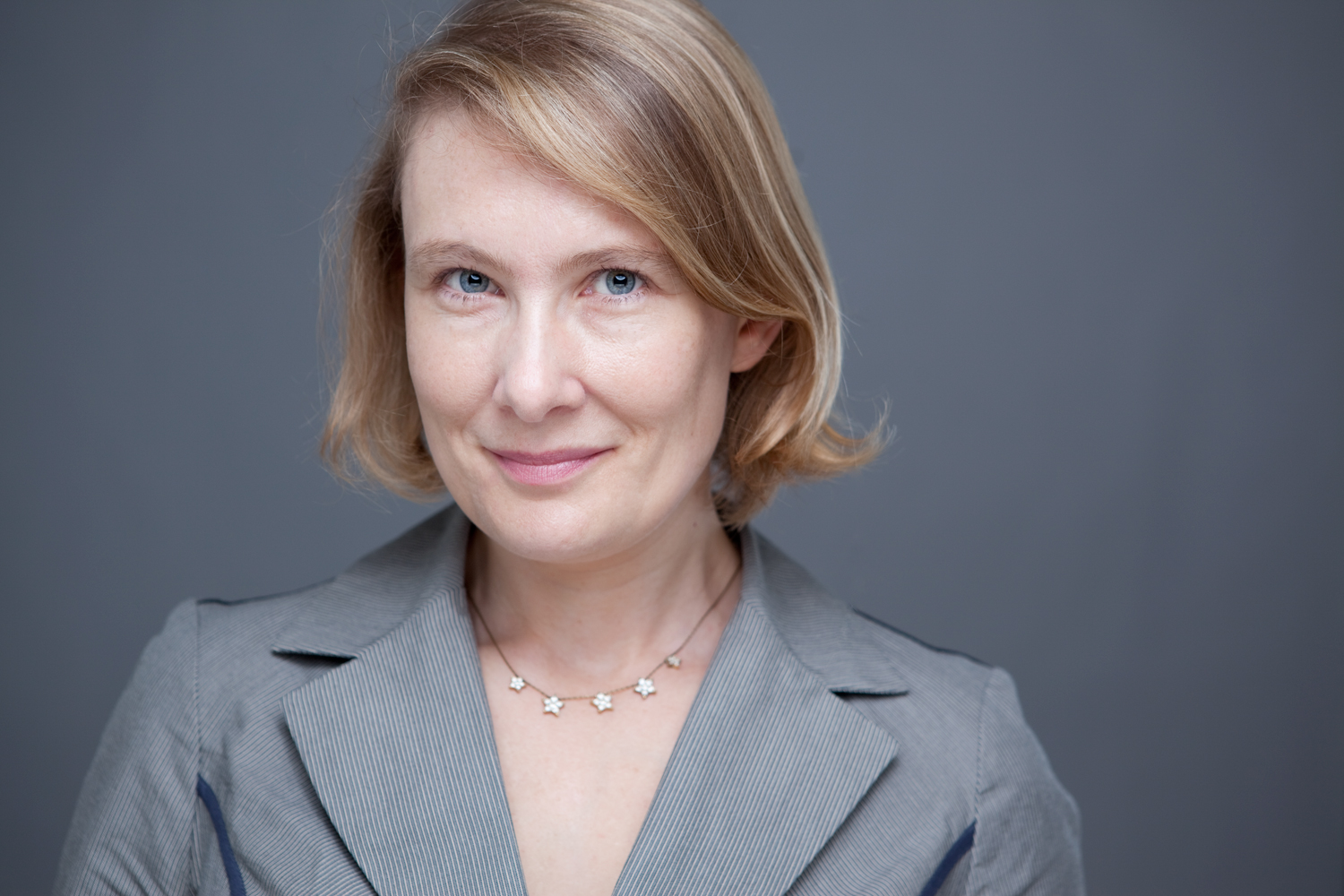 Prior to my life in academia, I was in the business world. There I observed that, though we all have multiple identities and commitments in life, employers don’t seem to recognize or tackle this issue.
Prior to my life in academia, I was in the business world. There I observed that, though we all have multiple identities and commitments in life, employers don’t seem to recognize or tackle this issue.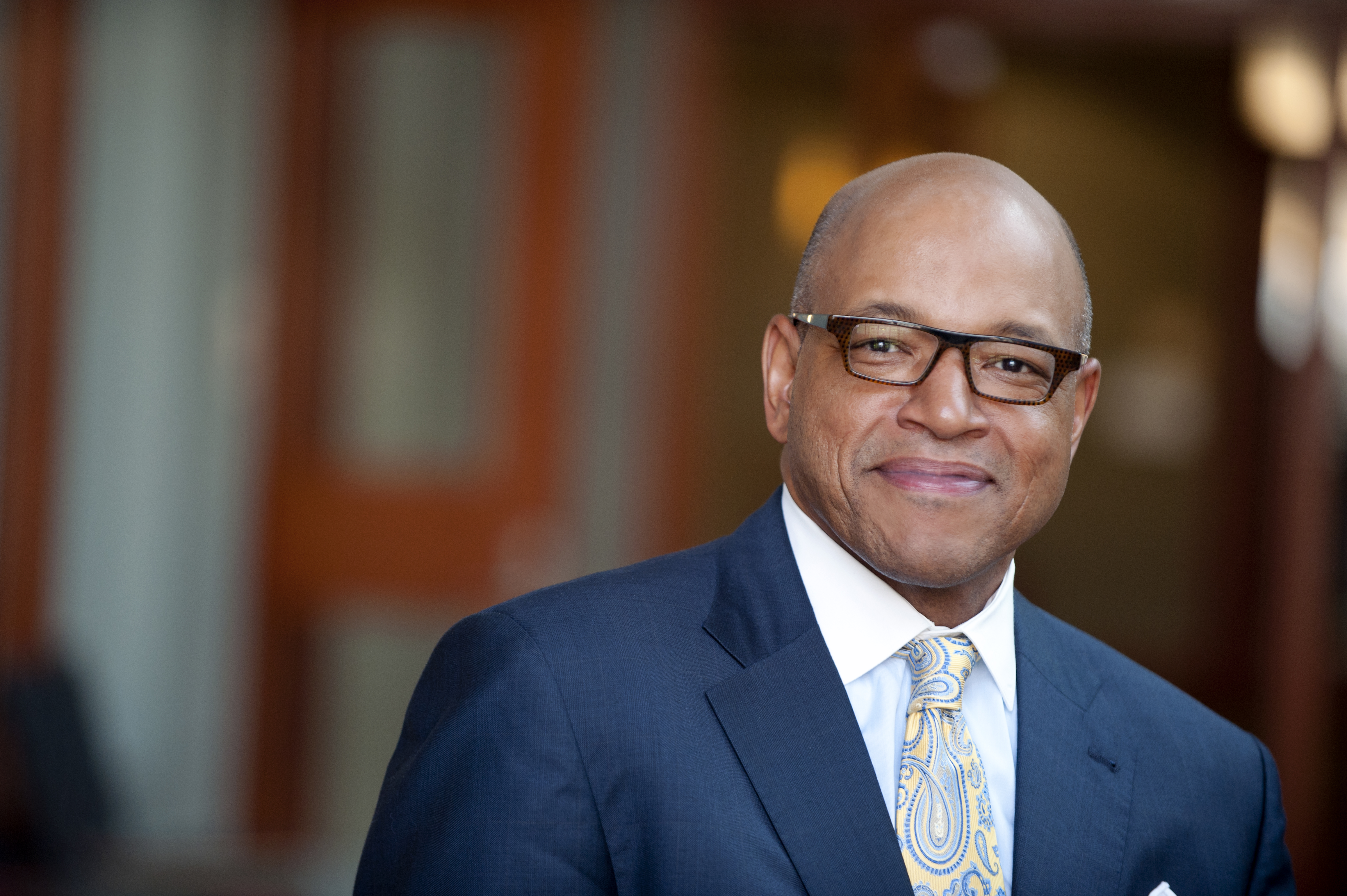 I wasinitially interested in three topics: how organizations change, how people manage their careers, and the influence of race on opportunities. In the early 80s I was studying the dynamics of mentoring in large corporations under differing circumstances – mentoring within the same race and across race, mentoring with the same gender and across gender. This was in the context of an organization trying to change its culture. It was so far ahead of its peers. I remained passionate about this for leaders, society, and for organizations.
I wasinitially interested in three topics: how organizations change, how people manage their careers, and the influence of race on opportunities. In the early 80s I was studying the dynamics of mentoring in large corporations under differing circumstances – mentoring within the same race and across race, mentoring with the same gender and across gender. This was in the context of an organization trying to change its culture. It was so far ahead of its peers. I remained passionate about this for leaders, society, and for organizations.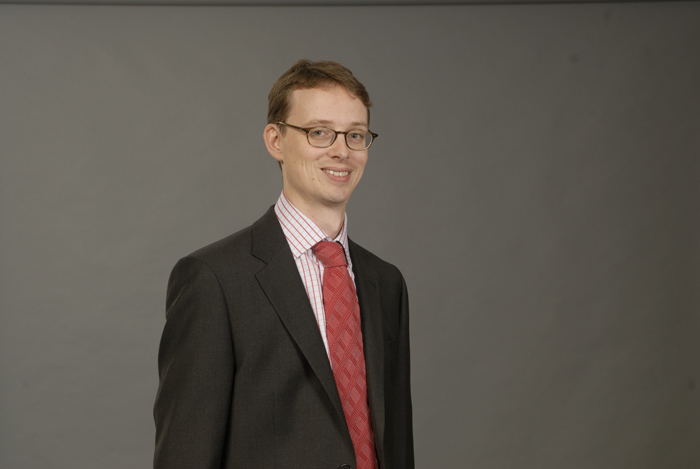 Our survey in 2011 asked all alumni, 30K of them, about what they have been doing, what jobs have they held. I focused on those who graduated since 1990, but the whole sample includes some from as far back as 1940s. We looked at where they worked, what kind of jobs they held within their organizations and across different organizations. We were trying to understand inside vs. outside moves. We certainly move around more. Some have been in a firm 20-30 years. 10% of grads from 1990 spent their career in one place. But even with those who graduated in 1990 we found most moved across companies.
Our survey in 2011 asked all alumni, 30K of them, about what they have been doing, what jobs have they held. I focused on those who graduated since 1990, but the whole sample includes some from as far back as 1940s. We looked at where they worked, what kind of jobs they held within their organizations and across different organizations. We were trying to understand inside vs. outside moves. We certainly move around more. Some have been in a firm 20-30 years. 10% of grads from 1990 spent their career in one place. But even with those who graduated in 1990 we found most moved across companies.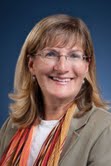 Several colleagues and I were talking about how much we loved our work and how meaningful it was, but also that it’s the type of job that is never ending; there’s always something to be done. We wondered how we could avoid burnout, but still be on the cutting edge. What we’ve found is that people thrive in their work when they feel energized, have vitality, feel alive at work, and feel as though their learning, growing, getting better.
Several colleagues and I were talking about how much we loved our work and how meaningful it was, but also that it’s the type of job that is never ending; there’s always something to be done. We wondered how we could avoid burnout, but still be on the cutting edge. What we’ve found is that people thrive in their work when they feel energized, have vitality, feel alive at work, and feel as though their learning, growing, getting better.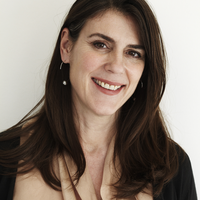 Networking is about getting to know other people, finding out what’s out there. You may not even know what kind of help you need yet. One of the great things about networks is they can give you help that you weren’t even asking for.
Networking is about getting to know other people, finding out what’s out there. You may not even know what kind of help you need yet. One of the great things about networks is they can give you help that you weren’t even asking for. Broadly, our mandate is to make sure that all the people decisions we make at Google are based on good data and information. An organization our size makes thousands of people decisions every year – who we should hire, who we should promote, how we should pay people. In a lot of cases, it seems like those decisions are based on emotions, instinct, or perhaps politics; we want to try and make them more rigorous. At Google we are all about innovation and we believe that innovation comes from the smart, talented Googlers we hire. Therefore, we think that people decisions are no less important than any other business or product decisions we make so we want to base those decisions on data.
Broadly, our mandate is to make sure that all the people decisions we make at Google are based on good data and information. An organization our size makes thousands of people decisions every year – who we should hire, who we should promote, how we should pay people. In a lot of cases, it seems like those decisions are based on emotions, instinct, or perhaps politics; we want to try and make them more rigorous. At Google we are all about innovation and we believe that innovation comes from the smart, talented Googlers we hire. Therefore, we think that people decisions are no less important than any other business or product decisions we make so we want to base those decisions on data. Liz Stiverson received her MBA from The Wharton School in 2014.
Liz Stiverson received her MBA from The Wharton School in 2014.  I think that’s an interesting example of a well-documented trend in international studies. At a certain point after women enter the workforce in large numbers, the national fertility rate tends to drop. Social conservatives in the United States have suggested that if as a society we don’t make childcare easily available, women will be forced from the workplace and go back to having babies, but evidence suggests that the opposite is actually true. When you make it harder for women to combine work and family, women don’t start families. If you want, as a society, to have more kids, you need to make it easier for women to combine work and family. Countries like France and Sweden are doing better in terms of maintaining fertility because they have instituted such polices.
I think that’s an interesting example of a well-documented trend in international studies. At a certain point after women enter the workforce in large numbers, the national fertility rate tends to drop. Social conservatives in the United States have suggested that if as a society we don’t make childcare easily available, women will be forced from the workplace and go back to having babies, but evidence suggests that the opposite is actually true. When you make it harder for women to combine work and family, women don’t start families. If you want, as a society, to have more kids, you need to make it easier for women to combine work and family. Countries like France and Sweden are doing better in terms of maintaining fertility because they have instituted such polices. In general, when people study work/life topics, they either study big, high-level organizational policies like parental leave and flex-time, or they focus on the individual level and the strategies and techniques that best help people own their work/life balance. My research team was really interested in what’s happening in the middle, when individual people are managing work and life in a specific department or division at work, and how the nature of the work environment impacts their experiences. Not surprisingly, we did find that people who worked longer hours tended to have more conflict between their work and family lives – it’s a lot harder to manage everything if you’re working 80 hours than if you’re working 40. But we found that it also really depended on the work environment itself. The study looked at women in academic medicine, and found that if women were in a department that was really flexible and supportive of women’s careers, they could work longer hours with less work-life conflict.
In general, when people study work/life topics, they either study big, high-level organizational policies like parental leave and flex-time, or they focus on the individual level and the strategies and techniques that best help people own their work/life balance. My research team was really interested in what’s happening in the middle, when individual people are managing work and life in a specific department or division at work, and how the nature of the work environment impacts their experiences. Not surprisingly, we did find that people who worked longer hours tended to have more conflict between their work and family lives – it’s a lot harder to manage everything if you’re working 80 hours than if you’re working 40. But we found that it also really depended on the work environment itself. The study looked at women in academic medicine, and found that if women were in a department that was really flexible and supportive of women’s careers, they could work longer hours with less work-life conflict.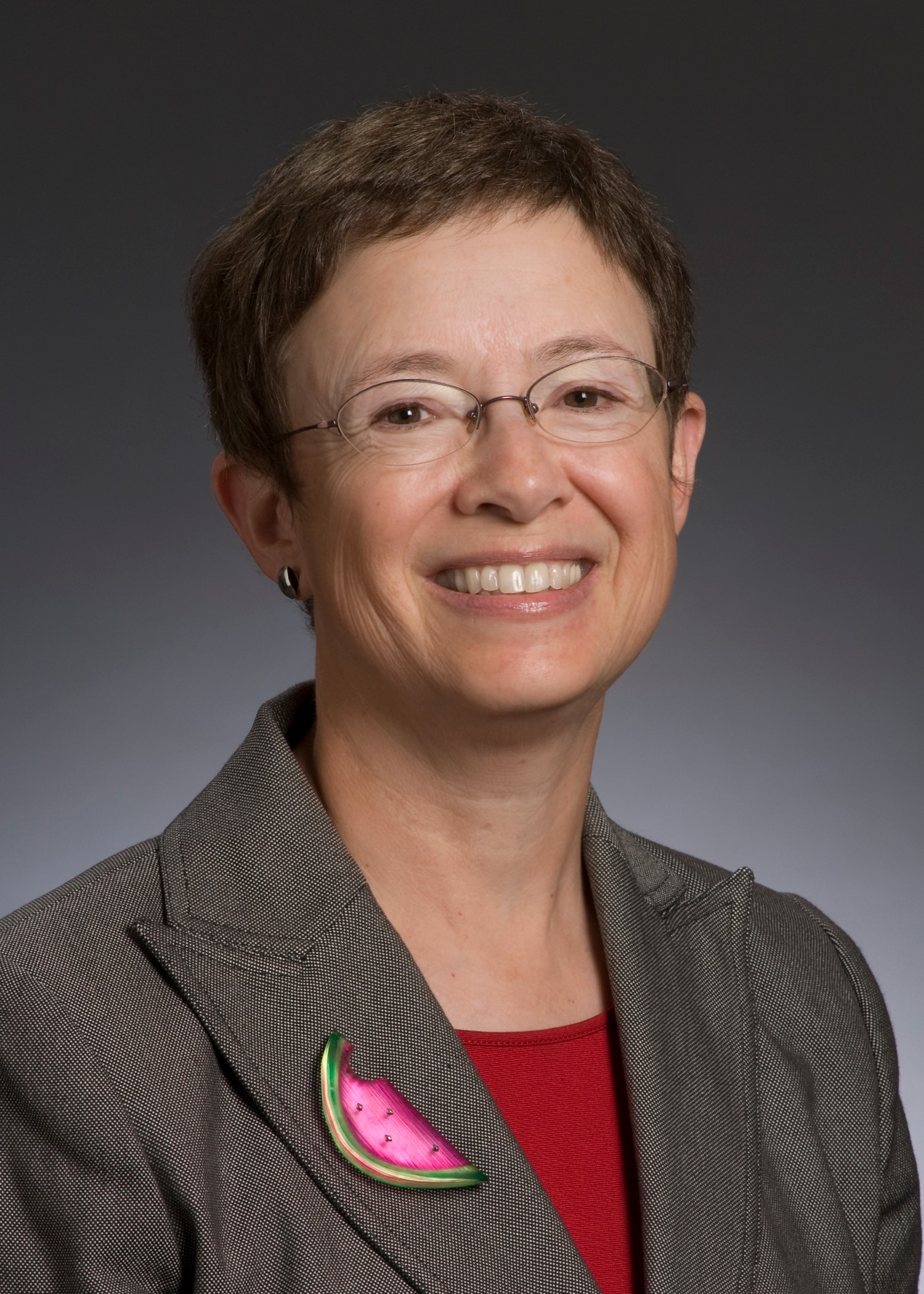 The work that I did on how women manage tradeoffs throughout their adulthood is part of a larger study of women’s adult development. We’re used to thinking about child development. We’re not used to looking at the whole of adulthood as a time when people continue to grow, develop, and evolve, to arrange and rearrange their lives. How does that happen? What are some narratives that give a sense of what adult development is like? That was the context for the study as a whole. In total I talked with 40 women, but first, in the initial pilot study, we interviewed 10 women who were all top executives in a global financial services company.
The work that I did on how women manage tradeoffs throughout their adulthood is part of a larger study of women’s adult development. We’re used to thinking about child development. We’re not used to looking at the whole of adulthood as a time when people continue to grow, develop, and evolve, to arrange and rearrange their lives. How does that happen? What are some narratives that give a sense of what adult development is like? That was the context for the study as a whole. In total I talked with 40 women, but first, in the initial pilot study, we interviewed 10 women who were all top executives in a global financial services company. Alice Liu is an undergraduate senior studying Management at The Wharton School and English (Creative Writing) at the College of Arts & Sciences.
Alice Liu is an undergraduate senior studying Management at The Wharton School and English (Creative Writing) at the College of Arts & Sciences.